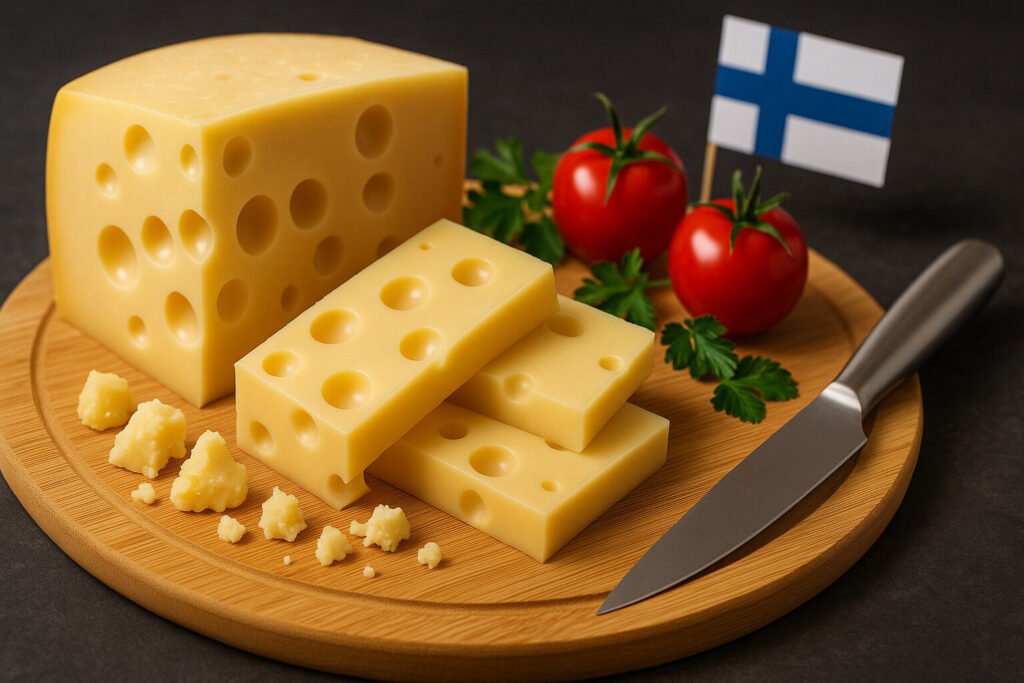Wooden Vat Ripened Cheese
Definition and Scope
Wooden vat ripened cheese refers to cheeses aged in traditional wooden containers during maturation. This category encompasses varieties where wood contact directly influences microbial development and moisture regulation. The technique is distinct from modern stainless steel aging due to wood’s porous nature hosting unique microflora.
These cheeses typically develop complex rinds and deeper flavor profiles than their non-wood-aged counterparts. The scope includes historical European styles like Comté and Beaufort, plus contemporary artisan interpretations. Wood aging remains a marker of traditional cheesemaking practices worldwide.
Production Process
Production begins with curd formation before transfer to specifically crafted wooden vats. These containers, often made from local woods like spruce or oak, undergo regular maintenance to preserve beneficial microorganisms. Cheesemakers carefully control temperature and humidity during the wooden vat aging period.
The wooden surfaces harbor native yeasts and bacteria that gradually acidify and flavor the cheese. This biological activity creates characteristic rind development and texture evolution. Aging periods range from several months to multiple years depending on the cheese variety and desired characteristics.
Sensory Profile
Wooden vat ripened cheeses display earthy, fungal notes with pronounced umami characteristics. The rinds often exhibit mushroomy or cellar-like aromas transferred from the wood’s microbiome. Paste textures range from semi-firm to hard, developing crystalline structures in longer-aged examples.
Flavor complexity increases with aging time, revealing layered notes of nuts, caramel, and savory broth. The wood interaction typically reduces bitter compounds while enhancing savory depth. These cheeses maintain balanced acidity despite their robust flavor profiles.
Culinary Applications
These cheeses serve well as table cheeses for direct consumption with bread and charcuterie. Their robust flavors make them excellent for cooking, particularly in gratins and sauces where they provide depth. Melting characteristics vary by moisture content, with younger examples offering better meltability.
Pairing considerations include full-bodied wines like Burgundy or barley wines that match their intensity. The cheeses also complement dried fruits and nut varieties in composed plates. Shaved versions work well over salads and pasta dishes where their concentrated flavor distributes effectively.
Regional Examples
France produces notable examples including Comté from the Jura Mountains, aged on spruce boards. Beaufort from Savoie regions uses circular wooden hoops that create distinctive concave sides. Both PDO-protected cheeses demonstrate wood’s role in developing alpine cheese characteristics.
Italian Montasio achieves its signature texture through spruce plank aging in Friuli-Venezia Giulia. Swiss Appenzeller utilizes herbal brushing on wood-aged wheels for additional flavor complexity. These regional specialties highlight how local woods and traditions create distinct cheese identities.

